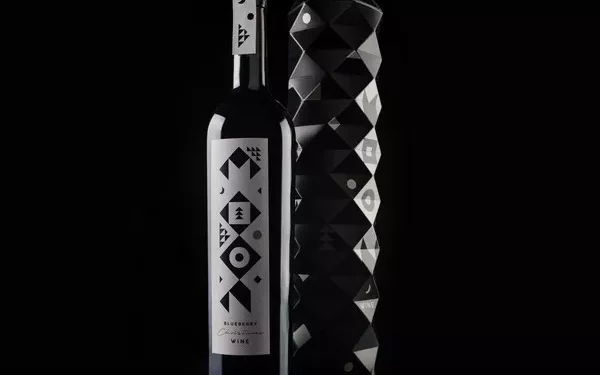Merlot is a popular red wine that has gained popularity over the years. It is known for its fruity, smooth taste and is often used as a blending grape to add complexity and balance to other wines. However, the question remains: Is Merlot a blended wine? In this article, we will explore the characteristics of Merlot, its role in blending, and whether it is considered a blended wine.
What is Merlot?
Merlot is a red wine grape variety that originated in the Bordeaux region of France. It is one of the most widely planted grape varieties in the world and is grown in almost every winemaking region. Merlot grapes are known for their thin skins, which make them susceptible to rot and disease. They also ripen earlier than other grape varieties, which makes them an excellent choice for winemakers who want to produce wines with a softer, more rounded flavor profile.
Merlot wines are known for their soft, velvety texture and fruity flavors. The most common flavor notes in Merlot wines include black cherry, plum, and chocolate. Merlot wines are typically medium-bodied and have moderate tannins and acidity. They are often described as having a “round” or “supple” mouthfeel.
Merlot’s Role in Blending
Merlot is a versatile grape variety that is often used in blending. It is commonly blended with other red grape varieties, such as Cabernet Sauvignon and Cabernet Franc, to produce Bordeaux-style wines. In these blends, Merlot adds softness, fruitiness, and roundness to the wine. Merlot can also be blended with other grape varieties to produce non-traditional blends, such as Merlot-Syrah or Merlot-Petit Verdot.
The role of Merlot in blending is to add complexity and balance to the wine. Merlot’s fruity flavors and soft texture complement the tannic structure of other grape varieties. It can help to tone down the aggressive tannins of Cabernet Sauvignon, for example, and add depth and richness to the wine.
Is Merlot a Blended Wine?
The answer to whether Merlot is a blended wine is both yes and no. Merlot can be bottled as a single varietal wine, meaning that it is made entirely from Merlot grapes. However, it is also commonly used as a blending grape in many wines. In fact, most Merlot wines that are produced today are actually blends. These blends may include other red grape varieties such as Cabernet Sauvignon, Cabernet Franc, Petit Verdot, or Malbec.
The decision to use Merlot as a blending grape or to bottle it as a single varietal wine depends on various factors. One of the main factors is the region where the wine is produced. In Bordeaux, for example, Merlot is often blended with other grape varieties to produce complex, multi-layered wines. In other regions, such as California or Australia, Merlot is sometimes bottled as a single varietal wine.
Another factor that influences the use of Merlot as a blending grape is the winemaker’s style preference. Some winemakers prefer to produce wines that showcase the unique characteristics of a particular grape variety, while others prefer to create blends that offer a more complex flavor profile. This is often a matter of personal taste and style.
Conclusion
In conclusion, Merlot is a versatile grape variety that can be bottled as a single varietal wine or used as a blending grape to add complexity and balance to other wines. Its fruity flavors and soft texture make it an excellent choice for blending with other grape varieties. The decision to use Merlot as a blending grape or to bottle it as a single varietal wine depends on various factors, including the winemaker’s style preference and the region where the wine is produced. Ultimately, whether Merlot is a blended wine or not depends on how it is used in the winemaking process.





























